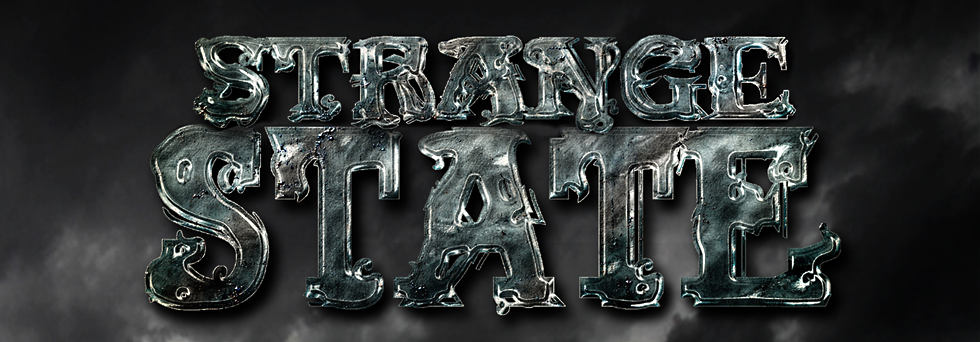 Recent research might better explain the phenomenon of noctilucent clouds - and some UFO sightings as well.
Recent research might better explain the phenomenon of noctilucent clouds - and some UFO sightings as well.Noctilucent (meaning night-shining) clouds appear at the far reaches of the atmosphere and were first described in 1885 following the extraordinary eruption on the Indonesian island of Krakatoa.
This massive explosion released plumes of ash 50 miles into the mesosphere and affected global climate for several years. According to Paul M. Bellan, a plasma physicist from Caltech, Krakatoa also produced these noctilucent clouds.
Best seen at twilight in the summer months between 50 and 70 degrees latitude (north and south), the clouds seem to shine an electric blue.
They also reflect radar.
When this aspect of the phenomenon was first noted a quarter century ago, scientists were puzzled. However, Bellan now thinks the ice grains comprising the clouds are laced with a thin layer of sodium and iron from meteorites burning up in the atmosphere, which reflects the radar signals.
"If you have metal-coated ice grains in noctilucent clouds, the radar reflectivity can become enormous," Bellan explains. "This reflectivity is not the sum of reflections from individual ice grains, which would not produce a very large reflection. Instead, what happens is that ripples in the cloud of metal-coated ice grains reflect in unison and reinforce each other, somewhat like an army marching in step across a bridge causes the bridge to vibrate."
Could such phenomena explain "phantom targets" sometimes reported on various radarscopes when inversion layers and such cannot explain the objects away?
It certainly could not rationalize those targets spotted at lower altitudes but for those rare UFO reports in the higher reaches of the atmosphere, there now exists the ability to rule out noctilucent clouds.

No comments:
Post a Comment